Economic Cycles and Market Timing – Learn How Markets Move
Markets never move in a straight line. Investors often dream of finding the perfect moment to buy low and sell high, but the truth is more complex. The financial world is shaped by economic cycles, recurring patterns of expansion and contraction that influence asset prices, interest rates, business growth, and investor psychology.
Understanding these cycles isn’t just for economists or policymakers—it’s a powerful tool for everyday investors. Whether you’re buying stocks, bonds, real estate, or even exploring new markets like cryptocurrencies, cycles determine when optimism runs high and when fear dominates.
At YourPaathshaala, we believe that knowing how these cycles work can help you approach investing with confidence. Instead of chasing headlines or reacting emotionally to market swings, you’ll have the clarity to recognize patterns and align your strategy with long-term growth.
This article explores economic cycles in depth—what they are, how they move markets, and how investors like you can use them to make smarter decisions.
The Anatomy of an Economic Cycle
An economic cycle, also called the business cycle, is the natural rise and fall of economic activity over time. It generally consists of four main phases:
1. Expansion
This is the growth stage. Businesses thrive, jobs are plentiful, consumer spending is strong, and stock markets usually trend upward. Companies report rising revenues, borrowing is affordable due to low interest rates, and investor sentiment is optimistic.
Example: The global economy in the years following the 2008 financial crisis saw a long expansion fueled by easy credit and technological growth.
2. Peak
Eventually, the growth hits a ceiling. Demand may outpace supply, inflation begins to rise, and central banks often step in to raise interest rates. Asset prices may look expensive, but investor optimism is still high.
Example: The tech bubble peak in 2000, when valuations skyrocketed far beyond fundamentals.
3. Contraction (Recession)
The downturn phase follows the peak. Businesses cut spending, unemployment rises, consumer demand weakens, and markets decline. While painful, this stage resets the economy.
Example: The 2008 global financial crisis, when housing markets collapsed and banks faced insolvency.
4. Recovery
Eventually, conditions stabilize. Interest rates fall, confidence returns, and markets begin climbing again. Early investors often find the best opportunities here, as undervalued assets rebound.
Example: The sharp recovery in 2020–2021 after the COVID-19 crash, driven by stimulus measures and pent-up demand.
These phases repeat across decades. The key isn’t predicting the exact timing but recognizing where we are and how different assets behave at each stage.
How Economic Cycles Impact Different Asset Classes
Different investments respond uniquely to each stage of the cycle. Knowing this helps investors diversify and rebalance effectively.
Stocks
Expansion: Growth stocks outperform as companies scale.
Peak: Valuations often look stretched; defensive sectors like utilities and healthcare gain traction.
Recession: Stock prices fall, but strong businesses with cash reserves survive.
Recovery: Cyclical stocks (tech, industrials, consumer discretionary) bounce back fastest.
Bonds
Expansion: Rising rates hurt bond prices.
Recession: Bonds perform well as investors seek safety and rates fall.
Real Estate
Expansion: Prices rise with demand and borrowing affordability.
Recession: Property values dip, offering buying opportunities.
Commodities
Expansion: Demand for oil, metals, and raw materials surges.
Contraction: Commodity prices usually decline with reduced industrial demand.
Emerging Assets (e.g., Crypto)
Expansion/Recovery: Speculative assets thrive as risk appetite grows.
Recession: High volatility leads to sharp declines.
By aligning your portfolio with cycle stages, you can cushion risks and capture opportunities.
Market Timing vs. Time in the Market
Many beginners think investing success is about timing—buying before a rally and selling before a crash. But history shows how difficult this is. Even seasoned professionals rarely get timing right consistently.
Instead, the most reliable approach is time in the market. Staying invested through cycles allows you to ride out downturns and benefit from long-term growth.
For example:
If you invested $10,000 in the S&P 500 in 1980, despite recessions, crashes, and panics, by 2020 your investment would be worth over $700,000.
But if you missed just the 10 best days in the market during that time, your returns would be cut nearly in half.
Cycles matter, but obsessing over timing can harm you more than it helps. The real lesson is patience.
Investor Psychology in Economic Cycles
Markets are not just driven by data—they are shaped by human emotions.
Expansion: Investors feel greedy, piling into “hot” stocks at high prices.
Peak: Euphoria sets in; warnings are ignored.
Recession: Fear dominates, and many sell at the worst possible time.
Recovery: Skepticism keeps many out of the market until prices have already risen.
Behavioral biases like loss aversion (fear of losses outweighing gains) and herd mentality (following the crowd) amplify these mistakes. Recognizing where emotions fit in the cycle helps investors stay rational.
Practical Investment Strategies for Navigating Cycles
1. Diversification
Hold a mix of stocks, bonds, real estate, and cash to balance risks across cycles.
2. Dollar-Cost Averaging (DCA)
Investing a fixed amount regularly ensures you buy in both highs and lows, averaging out costs.
3. Sector Rotation
Shift investments toward sectors that thrive in the current stage. Example: defensive sectors in recessions, cyclical sectors in recovery.
4. Emergency Fund
Keep liquidity ready. It allows you to hold your investments through downturns without selling at a loss.
5. Long-Term Perspective
Understand that downturns are temporary. Historically, markets always recover and reach new highs.
Case Studies: Learning from History
The Great Depression (1930s)
A severe contraction caused by overleveraging and speculation. Investors who held through and reinvested later gained massively in the decades after.
Dot-Com Bubble (2000)
Euphoria drove tech stocks to unsustainable levels. After the crash, strong companies like Amazon and Google survived and flourished.
Global Financial Crisis (2008)
A housing market collapse triggered panic, but those who stayed invested reaped strong returns in the longest bull market that followed.
COVID-19 Crash (2020)
Markets plunged nearly 30% in weeks but recovered quickly, proving again that patience wins.
Learning with YourPaathshaala
At YourPaathshaala, we make economic cycles simple. Instead of overwhelming you with charts and jargon, we teach:
How to spot expansion vs. contraction signals.
Why timing attempts often fail.
How to use cycles to strengthen—not stress—your portfolio.
Our free demo classes are designed for beginners who want clarity. You’ll learn step by step how cycles work, how to avoid emotional traps, and how to align your investments with long-term growth.
Conclusion: Focus on the Bigger Picture
Economic cycles are inevitable. They may cause temporary ups and downs, but they also create opportunities for prepared investors. The key isn’t predicting the next peak or trough—it’s building resilience, staying disciplined, and focusing on time in the market.
At YourPaathshaala, we simplify this journey so you don’t just invest blindly—you invest smartly, with confidence.
Visit YourPaathshaala
Near Anjali Children Hospital, Tagore Nagar, Mathpurena, Raipur
PIN Code: 492001, Chhattisgarh Click the Call Now to start learning how financial systems really work! To check out the full article click here!

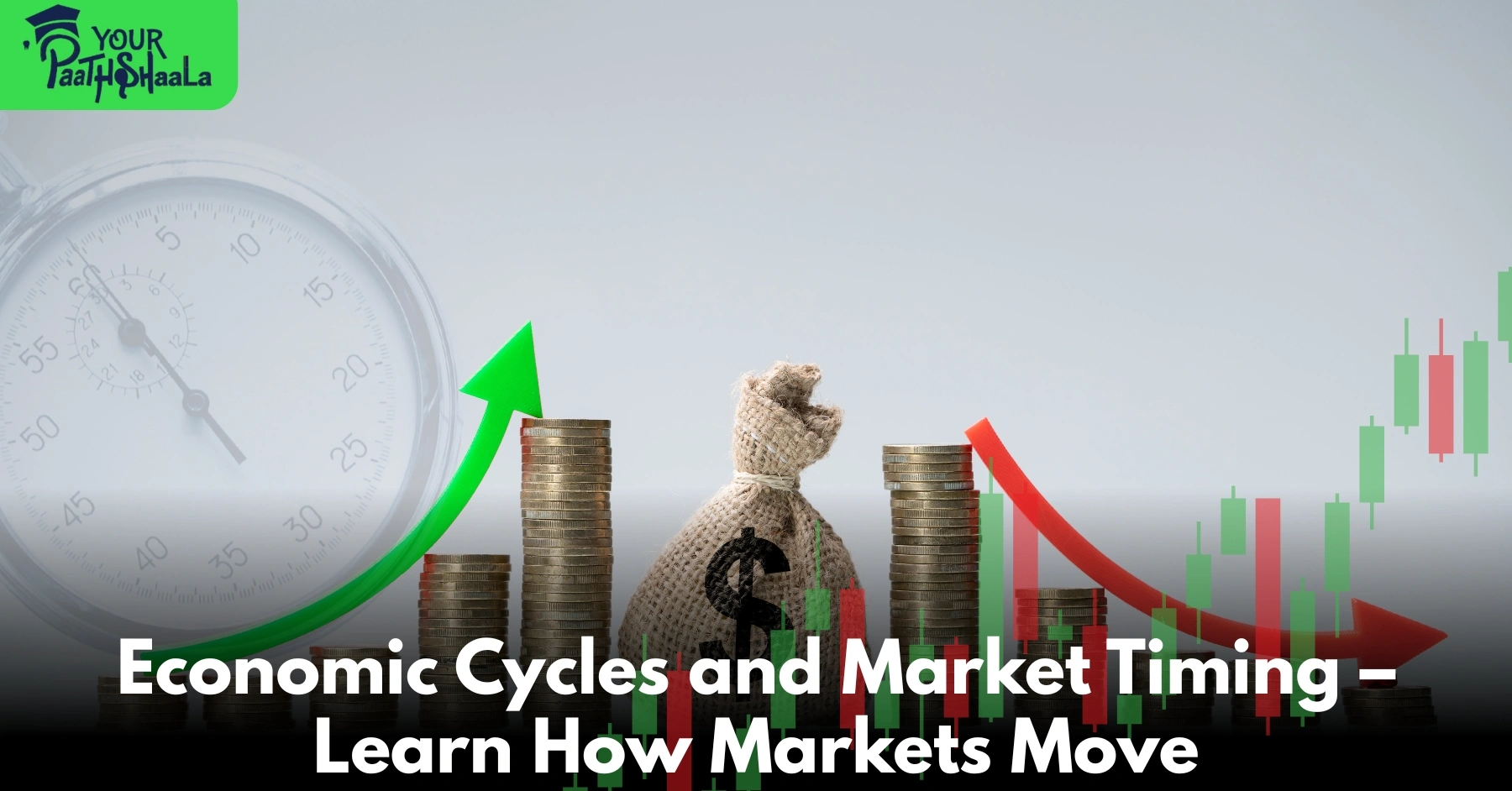


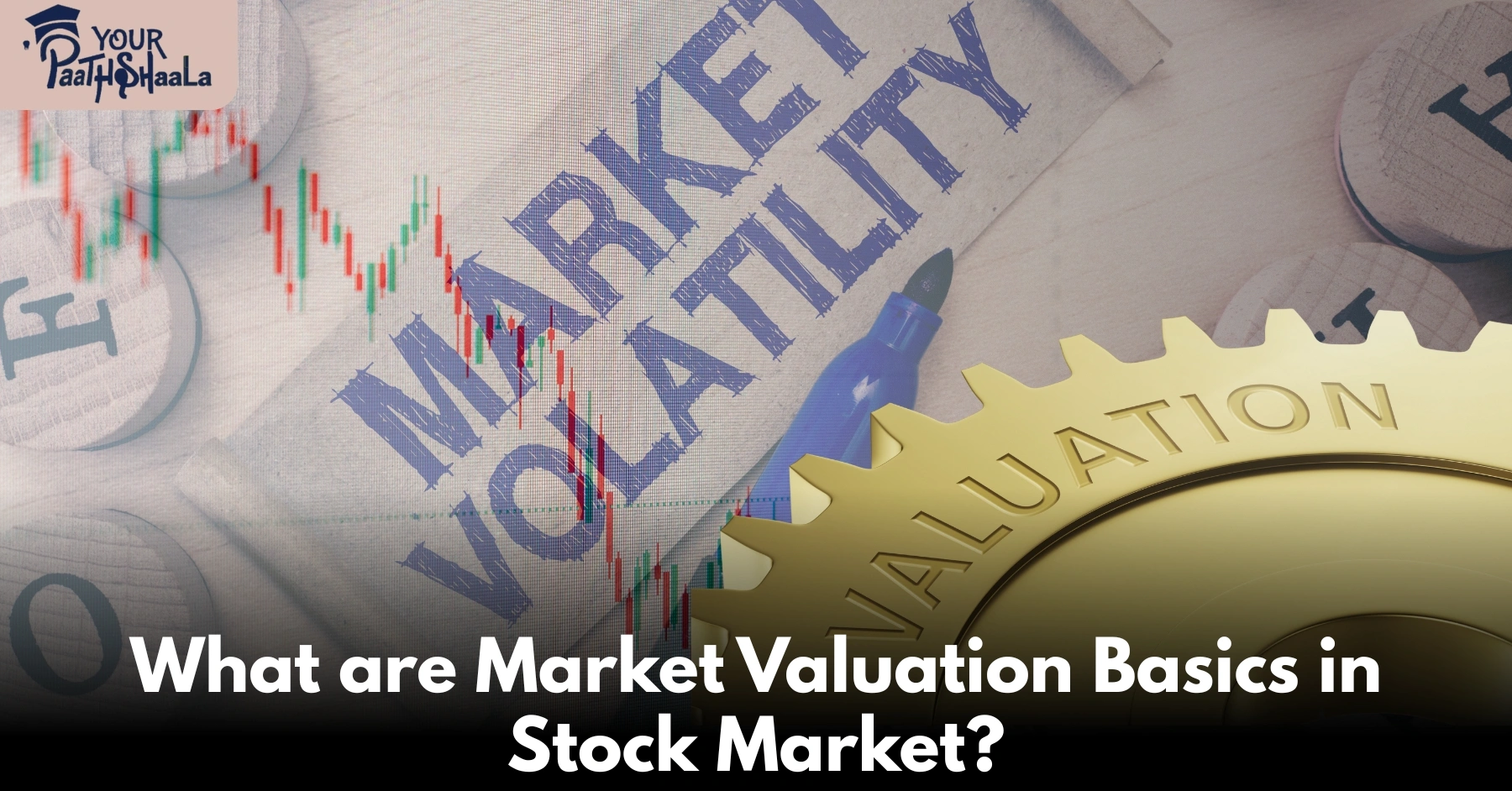
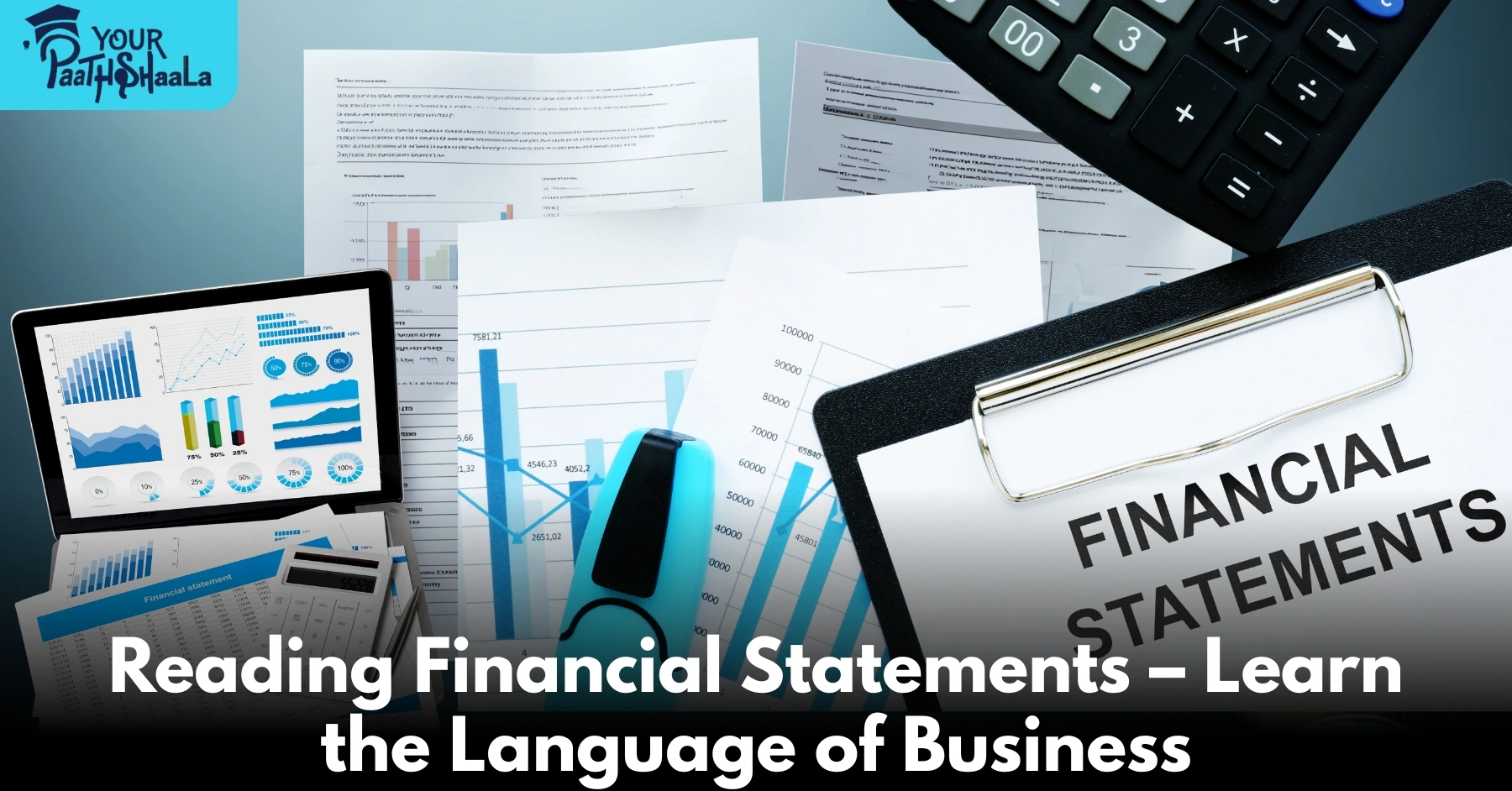
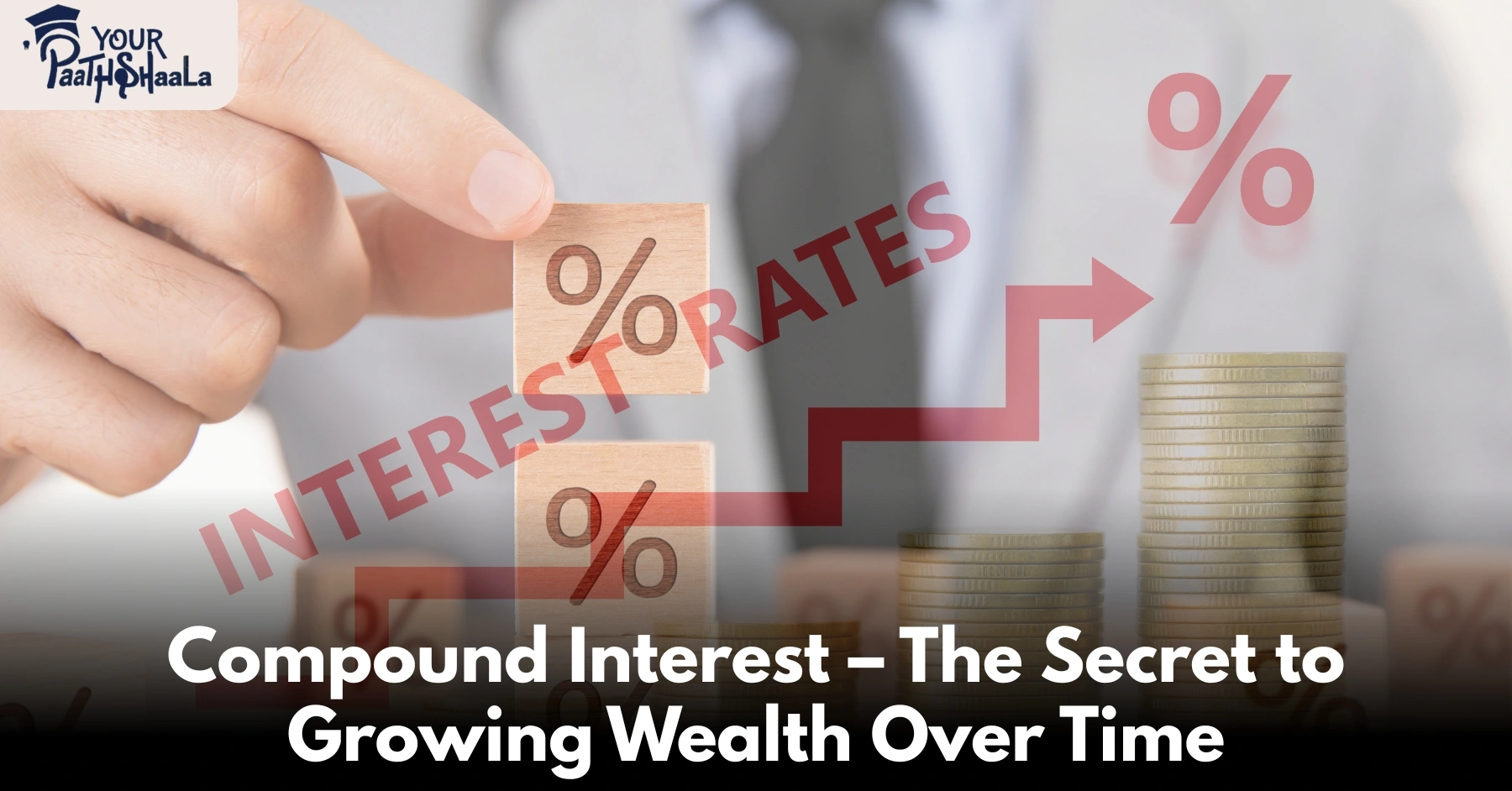
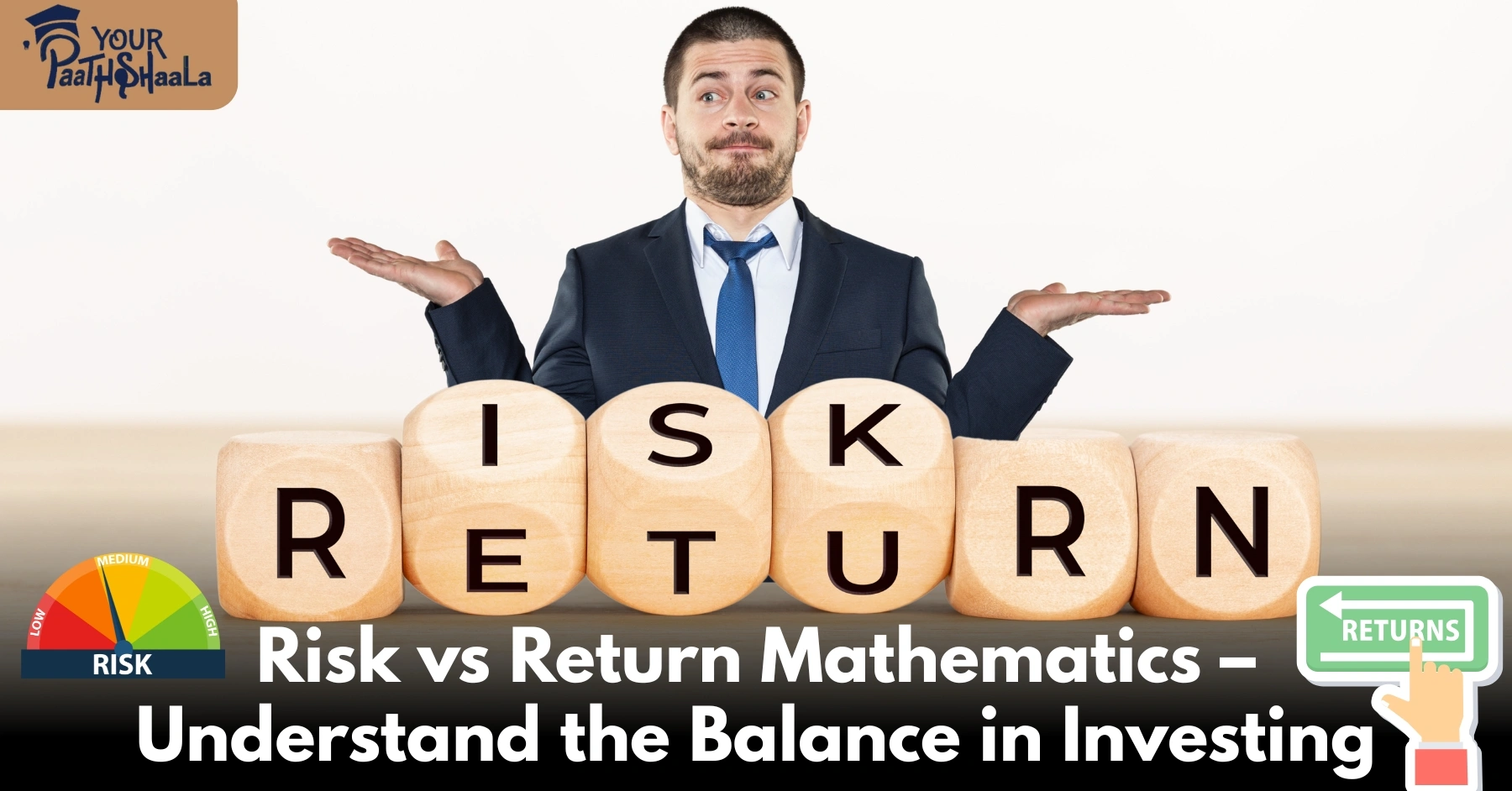



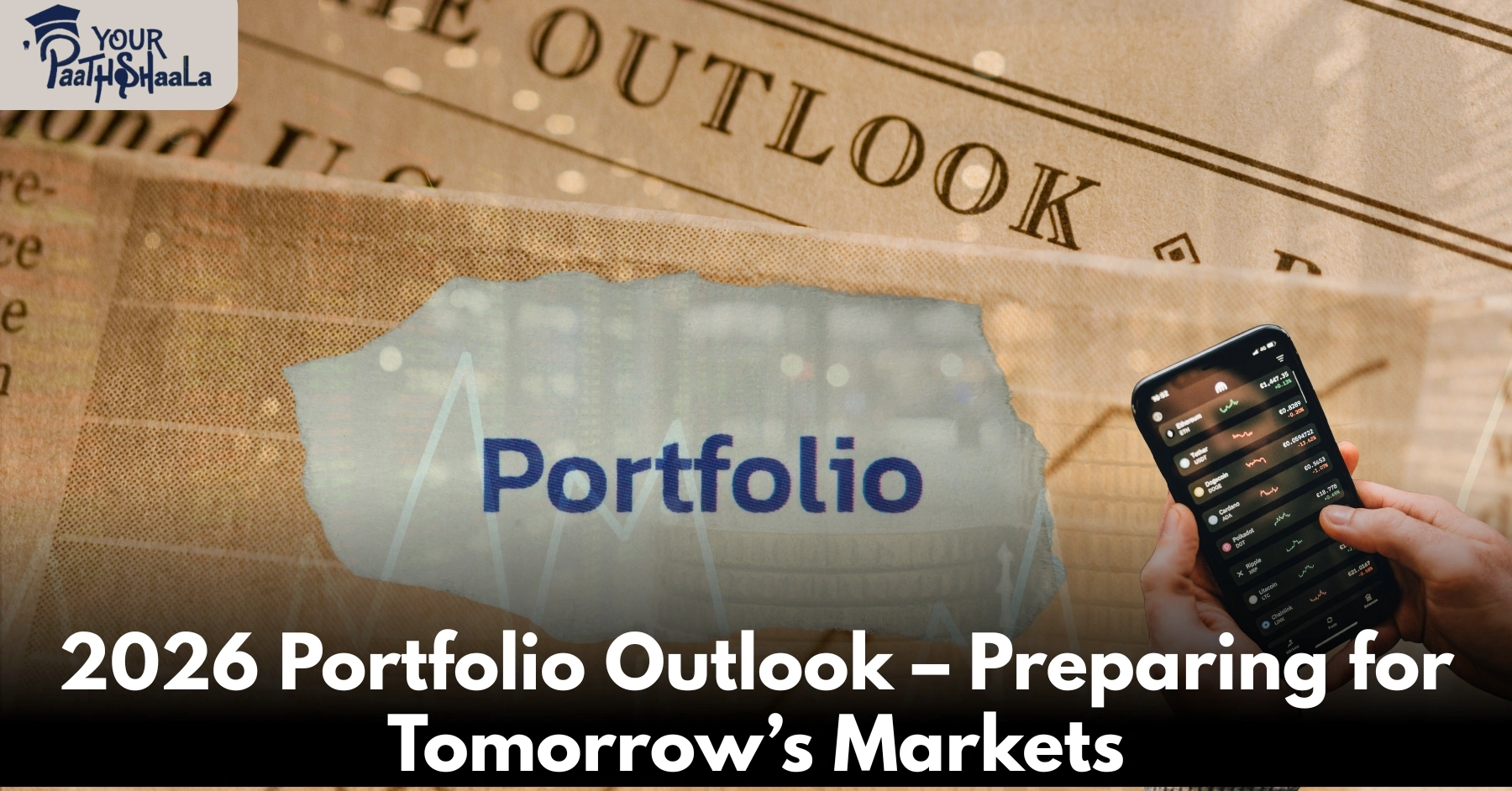
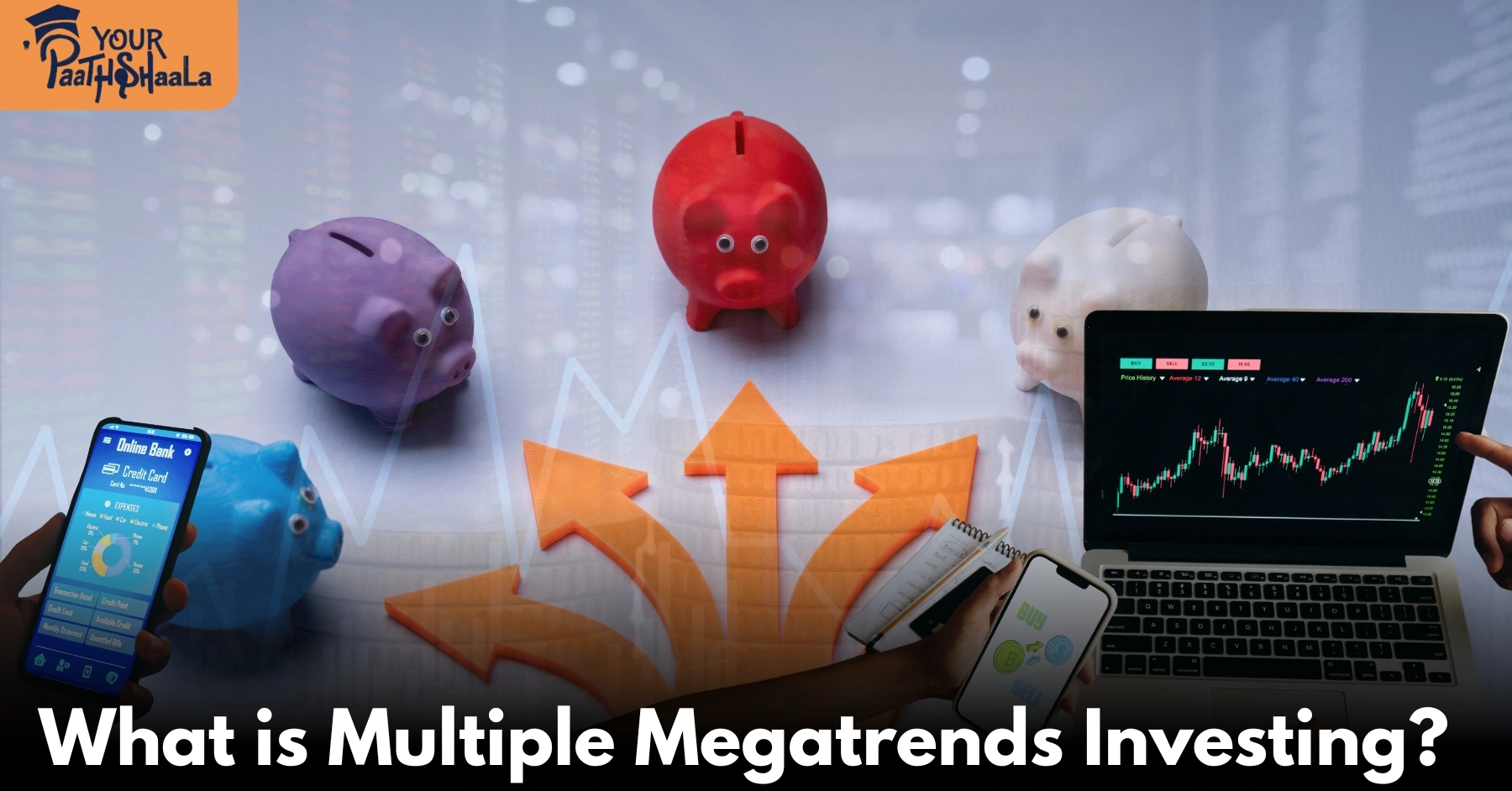
Add a Comment